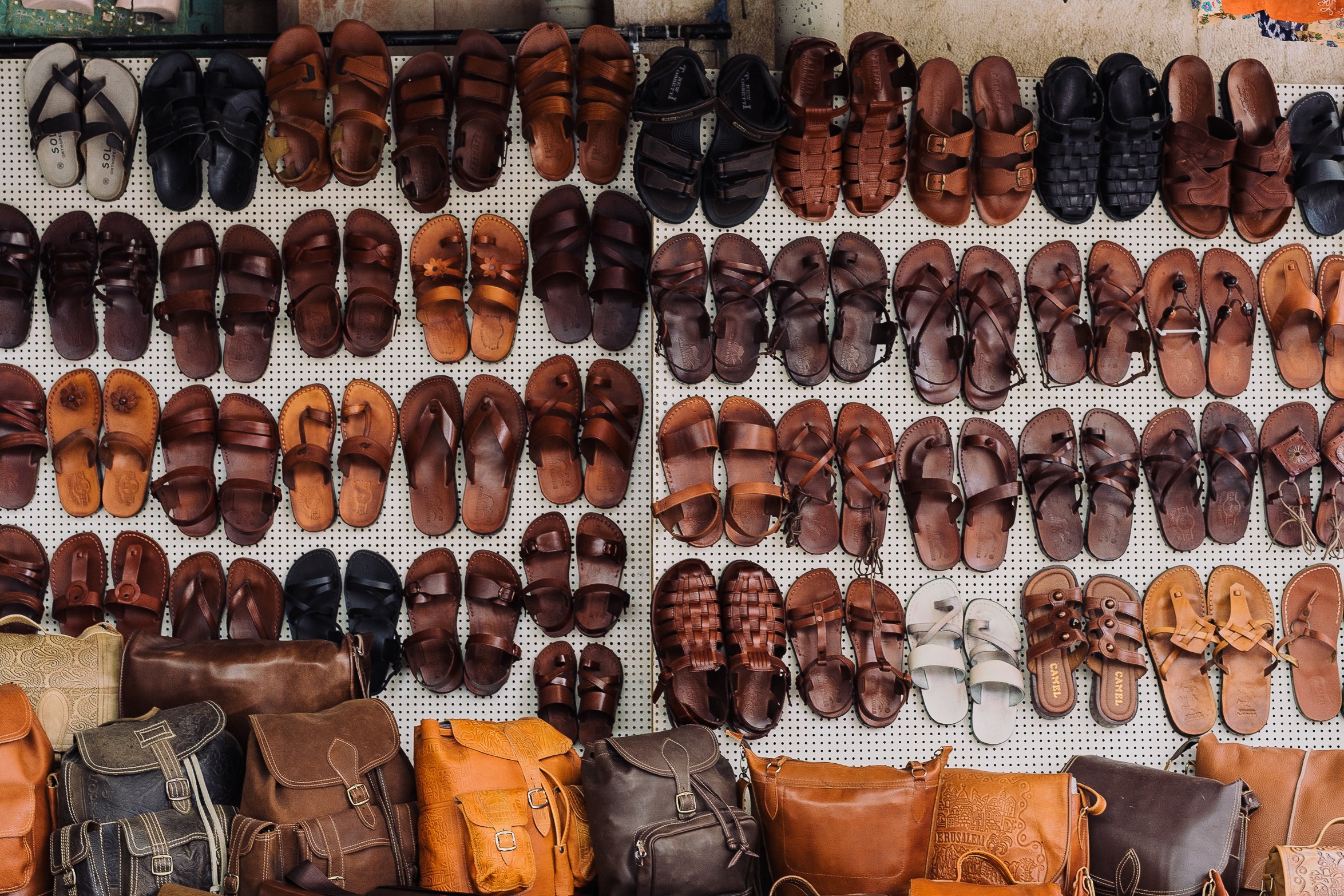This post originally appeared on Ecocult and was sponsored by Bourgeois Boheme. As always, EcoCult only partners with companies they believe are making the world a better place. Shout out to Alden for her continued commitment to research, sustainability and generally being a boss when it comes to ethical journalism and lifestyle. You rock.
Below are Alden’s words…
You don’t have to be vegan to dislike leather.
We now know that fashion is the fifth most polluting industry on the planet, equal to livestock. The leather industry combines both of those, taking a huge toll on not only the environment but also the animals and people involved.
The leather industry would like you to think they’re doing the world a favor by taking this animal waste from the meat market and keeping it out of landfills. As people are eating less meat, however, leather companies are finding themselves in trouble. Although white meat consumption is still on the rise, beef consumption (the primary animal used in leather making) in the US has been on the steady decline, beginning in the 1970s, and has plateaued over the past five years. This has left luxury leather companies in short supply. In an effort to gain more control over their stock, these companies are actually purchasing the farms and tanneries used to make their high-end leather shoes and handbags. This means the ‘leather is a byproduct’ argument is no longer a valid one since brands are now using farms as leather factories for their primary use. (Of course, there will always be exceptions to this if the brand is extremely intentional about their sourcing… but we know that unfortunately, most brands are not).

There is nothing ethical or sustainable about conventional leather tanning. There are several different processes used to tan leather, but the one primarily used today is by far the most toxic. Chromium salts (a chemical considered toxic by the EPA) and tanning liquor is used to create a hazardous slush, in which the leather is soaked and pickled, then dried, thinned, softened, colored, and shaped. This leftover toxic chromium waste gets dumped into waterways in places like China, India, and Bangladesh, countries where environmental regulations are either non-existent or not enforced and also happen to be some of the biggest leather-producing countries in the world. Along with chromium, other chemicals like lead, formaldehyde, phosphorus, cyanide, and nitrates wreak havoc on rivers and streams, and a lot of it ends up in landfills. All of this noxious waste generated by the tanning process can damage fish gills, cause health defects, and incite a number of serious cancers in animals throughout the food chain. Not to mention, these tanneries are using up a ton of energy, leaving quite a large carbon footprint.
The leather industry is no different than pretty much every other sector of fashion manufacturing. Workers in developing countries, where most leather is produced, are exposed to tons of toxic chemicals, acids, and solvents, which can cause burns, serious long-term health effects, and other injuries. It is not uncommon for workers to come in contact with anthrax, for which raw hide is a breeding ground. A lack of proper safety protocols often end in injury from heavy machinery or drowning. Many of these workers are children.
Chromium is a carcinogen which, when inhaled, irritates workers’ respiratory tracts and increases risk of lung and sinus cancer, not to mention asthma, bronchitis, and other short and long-term respiratory issues. When it comes into contact with the skin, chromium causes dry, cracked, and scaly skin, and produced “chrome holes” that don’t go away. Leather tanning has been shown to increase risk of not only respiratory cancers, but also pancreatic, bladder, skin, and testicular cancer among workers.
Why Typical Vegan Leather Isn’t Eco-Friendly
You’ve most likely come across ‘vegan leather’ at some point, but it’s a tricky term. The majority of today’s most widely used leather alternatives are no better for the environment. The most commonly used vegan leather uses PVC (Polyvinyl Chloride), which is carbon-intensive, doesn’t biodegrade, and just adds to the toxins in landfills (hello, greenwashing!). Not to mention, it comes with its own adverse health effects. PU is the slightly more sustainable synthetic alternative, but is an imperfect solution for companies who care about the environment and animals.






2 Comments